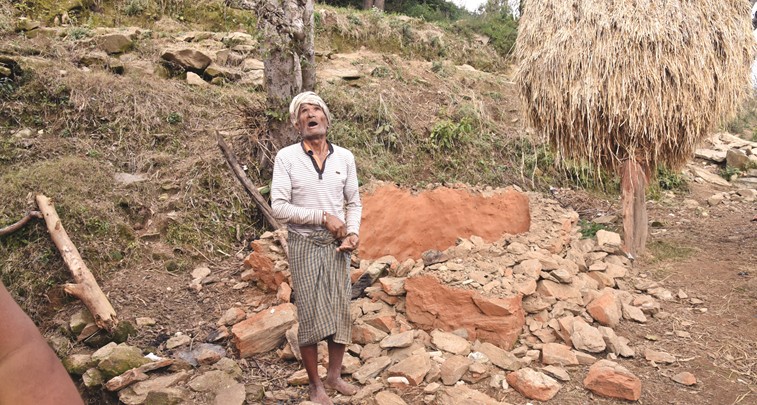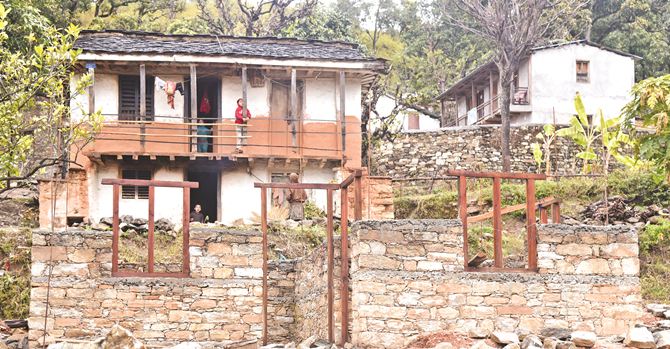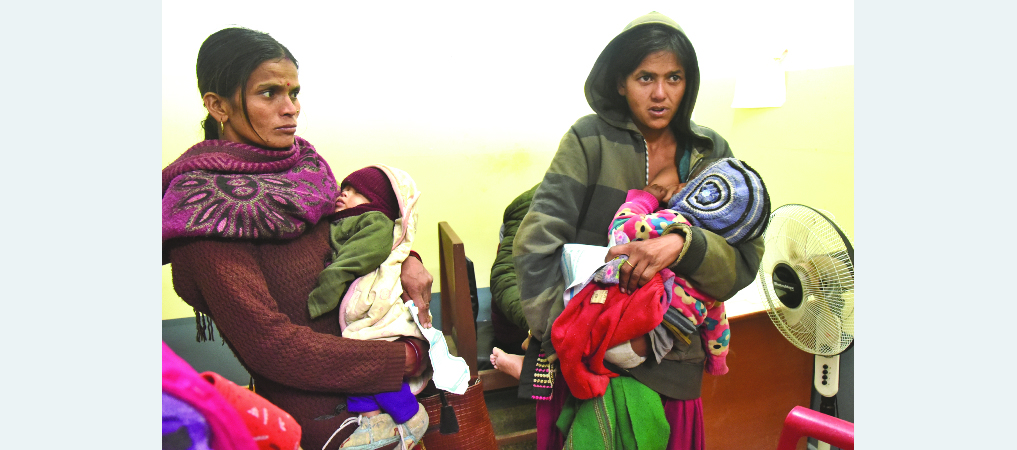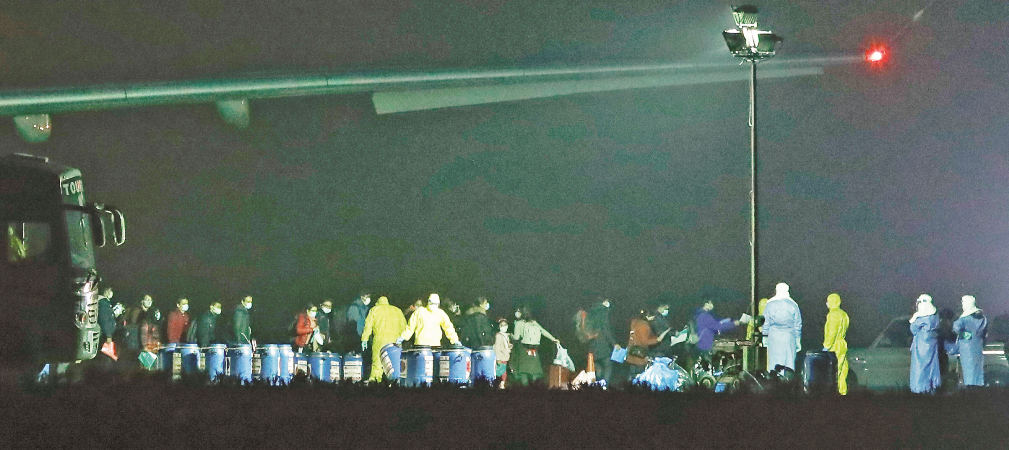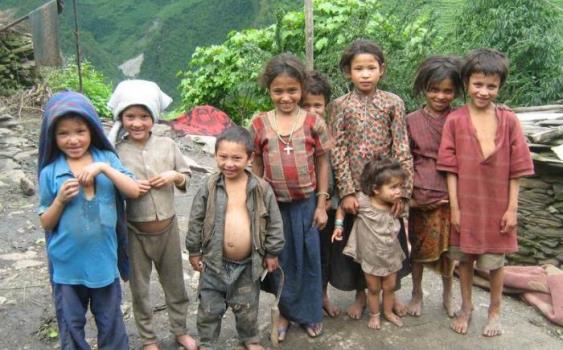Ending TB endemic still challenging
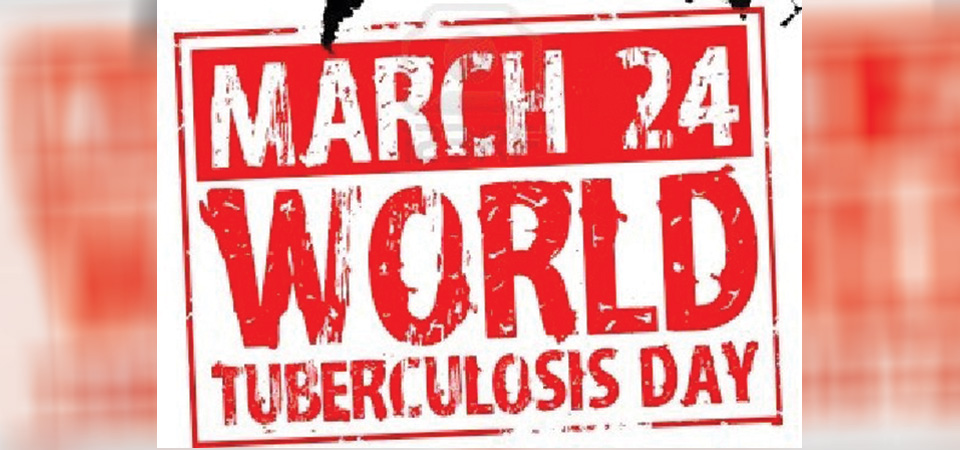
Kathmandu, Mar. 24: Tuberculosis (TB), which is one of the oldest foes of humanity and which is both preventable and curable disease, continues to cause untold suffering and deaths.
Due to the lack of the comprehensive TB coverage, limited health resources, challenging geographic terrain and fragile health infrastructure, many patients are neither identified nor treated.
Many TB patients are out of reach of treatment facility. According to Dr. Sanjaya Kumar Thakur, National Tuberculosis Control Centre (NTCC) director, every year more than 69,000 people are diagnosed with TB, causing families to spiral into poverty. They also suffer stigma and long-term health consequences.
“It’s very challenging to provide access to treatment for those missing from national notification data,” said Dr. Thakur.
The national TB prevalence survey conducted by the NTCC in 2018 revealed that almost 40,000 cases of TB are missing from national notification data every year.
Every case of TB can and should be prevented and for that, the patients should receive prompt, free and comprehensive diagnosis and care, he added.
“A total of 28,677 TB patients were registered in the fiscal year 2020/21. Of them, 67 per cent were male, 33 per cent female and seven per cent children,” said Dr. Thakur.
According to health experts, the treatment of TB has 91 per cent successful rate. It is the top ten leading cause of death in Nepal and 44 people still die of it every day, killing 16,000 people every year.
“Our main priority is to ensure that the missing cases have access to timely diagnosis, treatment and cure,” said Dr. Roshan Pokharel, secretary at the Ministry of Health and Population. To accelerate the elimination of TB, we need to collaborate with private health institutions to find out the prevalence of disease and help to eliminate it, he added.
To meet the Sustainable Development Goals (SDGs), Nepal has to eradicate TB by 2030. However, with the growing cases of multi-drug resistant TB (MDR-TB), it has turned out to be a major problem.
According to Dr. Thakur, 569 people were registered for multi-drug resistant, of which 418 were receiving treatment in the fiscal year 2020/21. It is estimated that 2,200 MDR-TB cases are detected every year in the country.
According to doctors, drug resistance arises due to improper use of drugs in chemotherapy of drug-susceptible TB patients. It is due to administration of improper treatment regimens by health care providers and failure to ensure that patients complete the whole course of treatment.
According to World Health Organisation (WHO), TB is caused by bacteria (Mycobacterium tuberculosis) that most often affect the lungs. “TB is spread from person to person through the air. When people with lung TB cough, sneeze or spit, they propel the TB germs into the air.”
This year, World TB day is commemorated on March 24 with a theme ‘Invest to End TB. Save Lives’. The day is marked to raise public awareness and to step up efforts to end the global TB epidemic.
Meanwhile, according to Our Banke Correspondent, the Health Office Banke has informed that 25 people died of Tuberculosis (TB) in the current fiscal year in the district. According to Manab Nepali, 25 people died of TB within six months. In the last fiscal year 2020/21, 37 people succumbed to TB, informed Nepali.
Similarly, 494 cases of TB were detected in the last six months. That figure was 835 last year. In the current fiscal year, 238 cases were detected in Nepalgunj, 145 in Kohalpur, 107 in Khajura, 78 in Raptisonari, 95 in Baijanath, 57 in Janaki, 62 in Duduwa and 53 in Narainapur Rural municipality.
Sunita Poudel, acting chief at District Health Office Banke, only 494 TB patients were receiving treatment out of 1,386 patients. “We are searching for those left behind,” said Poudel.
Recent News

Do not make expressions casting dout on election: EC
14 Apr, 2022
CM Bhatta says may New Year 2079 BS inspire positive thinking
14 Apr, 2022
Three new cases, 44 recoveries in 24 hours
14 Apr, 2022
689 climbers of 84 teams so far acquire permits for climbing various peaks this spring season
14 Apr, 2022
How the rising cost of living crisis is impacting Nepal
14 Apr, 2022
US military confirms an interstellar meteor collided with Earth
14 Apr, 2022
Valneva Covid vaccine approved for use in UK
14 Apr, 2022
Chair Prachanda highlights need of unity among Maoist, Communist forces
14 Apr, 2022
Ranbir Kapoor and Alia Bhatt: Bollywood toasts star couple on wedding
14 Apr, 2022
President Bhandari confers decorations (Photo Feature)
14 Apr, 2022



